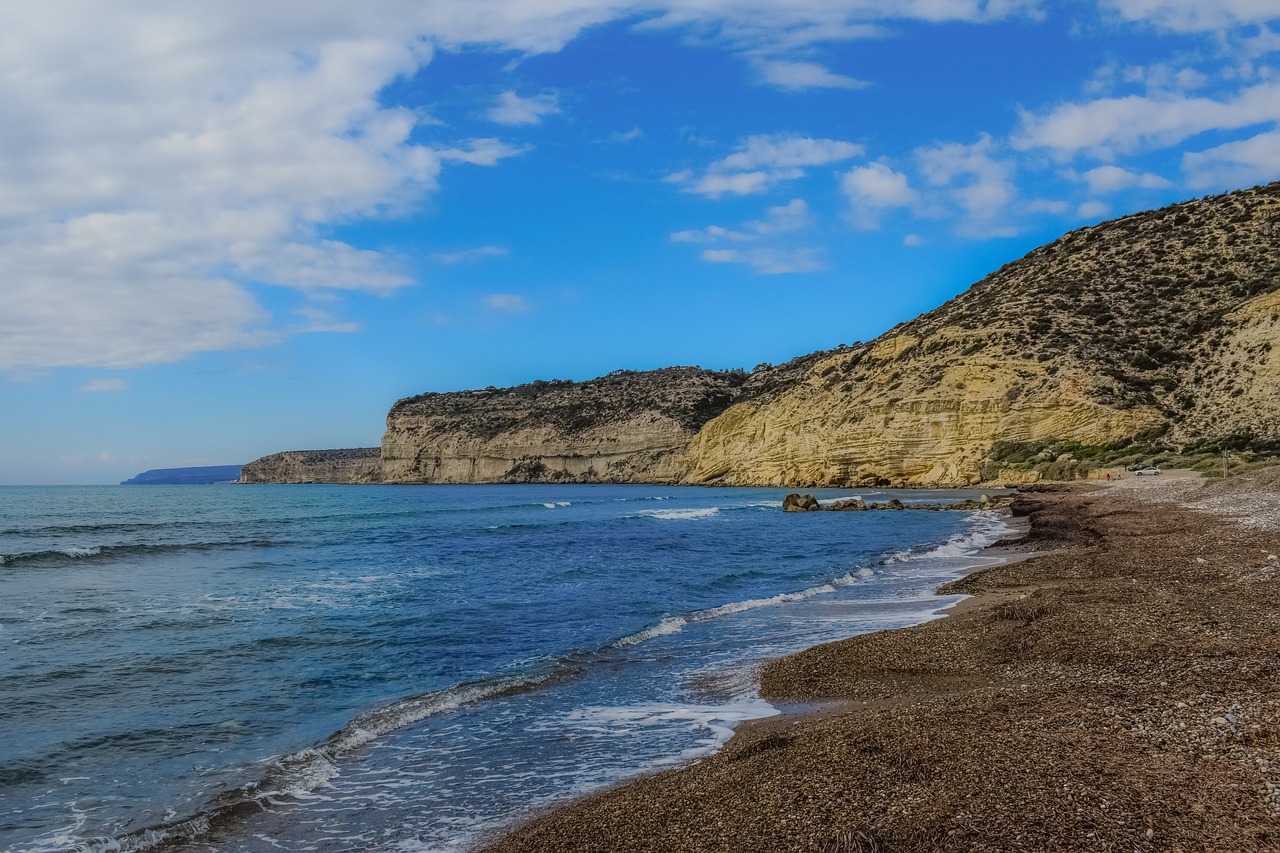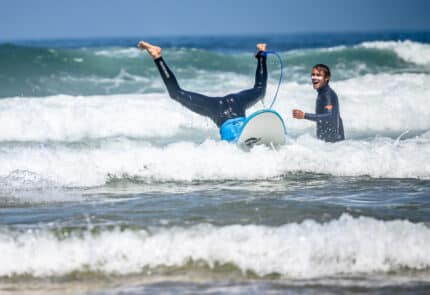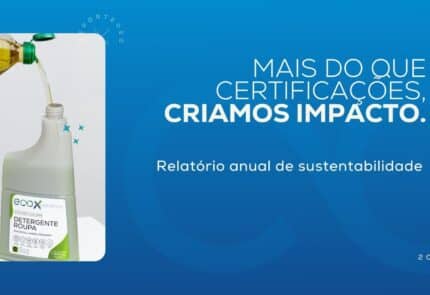Seaweed problem

It is normal to find algae in the sea and on the beaches, but when we find excessive accumulations of seaweed we can be facing a serious environmental problem, seaweed problem.
When algae grows too much
it can harm biodiversity, fisheries and the environmental quality of the beach, and can be a sign of imbalances in marine ecosystems.
Researchers from the Center for Marine Sciences (CCMAR) and the University of the Algarve (UAlg) called on citizens to collaborate in identifying large accumulations of algae that appear in the sea or on the beaches of the Portuguese coast. Through the online platform “Algas na Praia” scientists are able to find out what is happening with the accumulations in the most diverse places in the country, as well as to identify the key environmental conditions for the proliferation of algae and define strategies to remove and use this biomass that washes ashore.
Researchers can also benefit from the scientific point of view of removed algae and its potential health benefits.
An example of what can be done is the NUTRISAFE project, which seeks to develop a new food supplement from invasive algae that accumulate on beaches.
CCMAR researchers point out that “some of these seaweeds have compounds with anti-inflammatory characteristics and vascular and lung protection, so they can be used in food supplements that reduce common comorbidities associated with aging and chronic inflammatory diseases.
In this project, it was found that between Lagos and Olhos de Água, the brown seaweed Rugulopterix okamurae, an invasive species originating in the seas of Korea and Japan, dominated.
It is presumed that it arrived in Europe clinging to the hull of ships or through so-called ballast water.
In the western Algarve, algae, brown and red, are typical of rocky bottoms and appear as a result of favorable currents or after several days with constant gusts of wind.
When the amount of algae already in the process of decomposition is high, the whole putrefying mass causes contamination of the water through microorganisms and the release of toxins resulting from this process. A phenomenon of eutrophication can be verified, which is nothing more than the excess of organic matter that causes the loss of oxygen in the water.
At Praia da Rocha in Portimão
this phenomenon has been happening more regularly and intensely over the last two years. Among the many witnesses who attended the resolution of this problem, there are two behaviors that we believe are not the best solution in the long term, but rather an attempt to minimize the visual impact in the short term (speaking of a few days), hiding this problem from plain sight. . Situations such as burying the algae in the sand and/or “pushing” the algae back into the sea will certainly not be the solution to the problem, with the serious risk of aggravating it even more.




